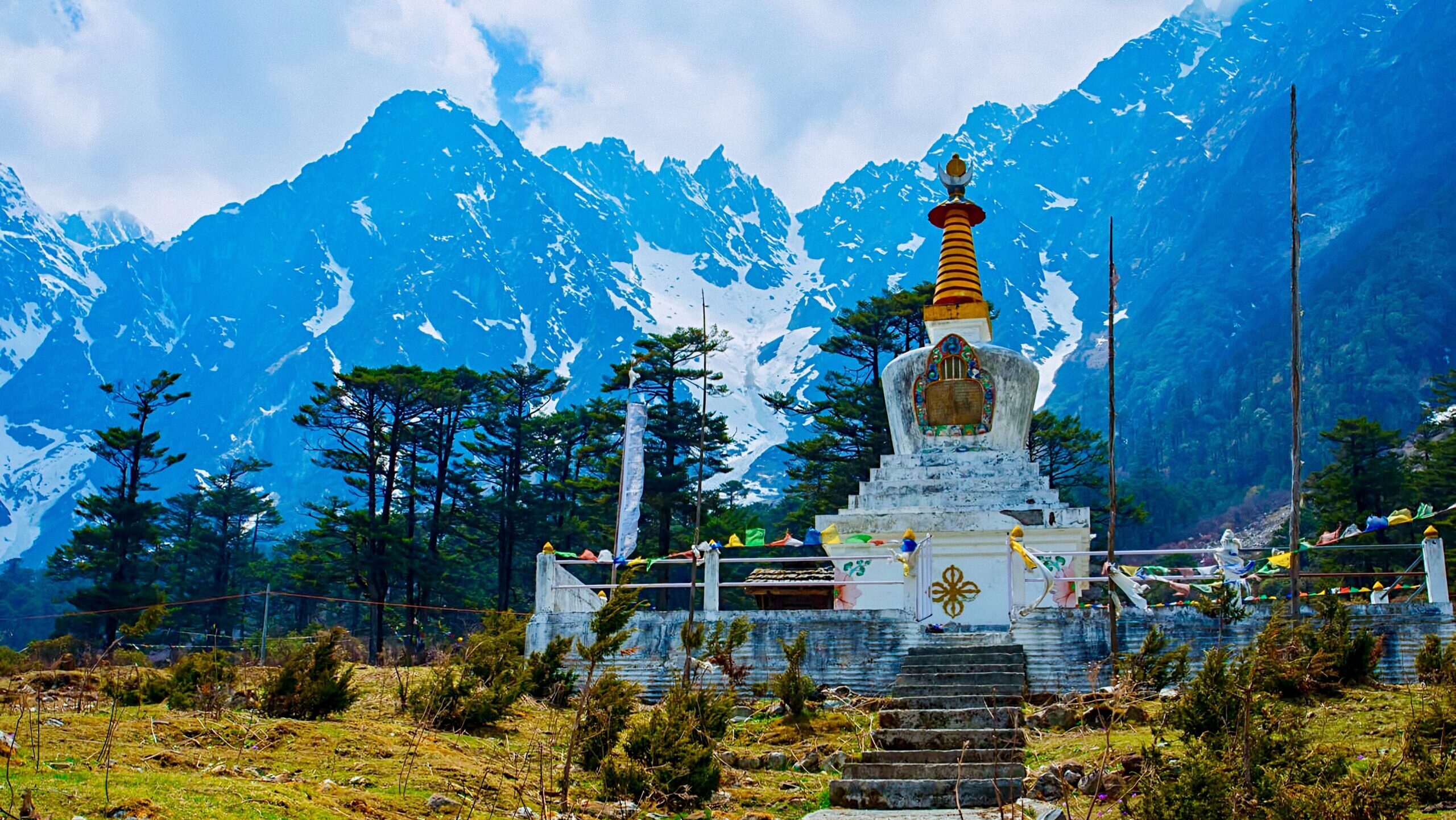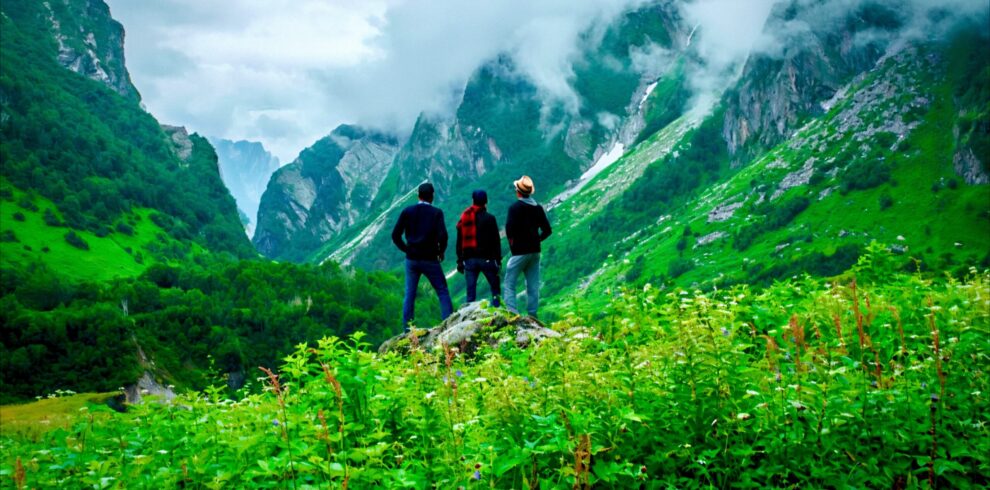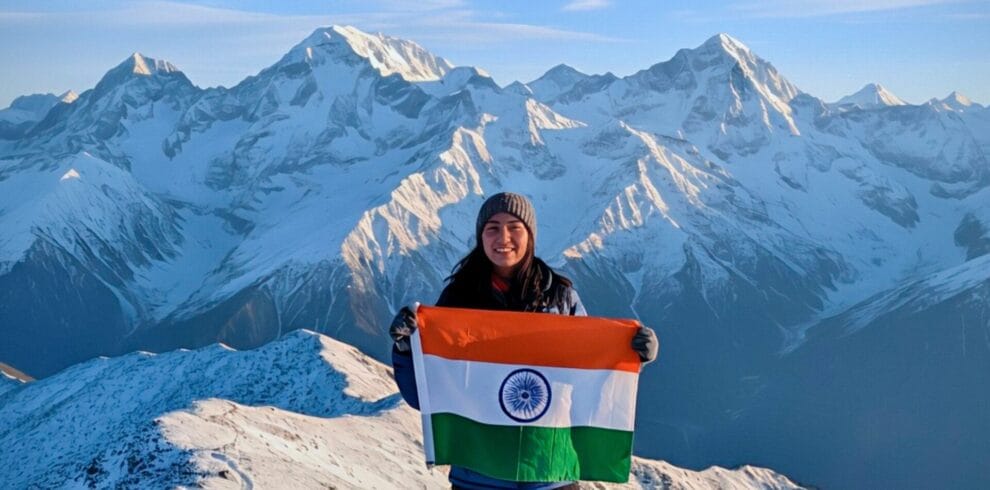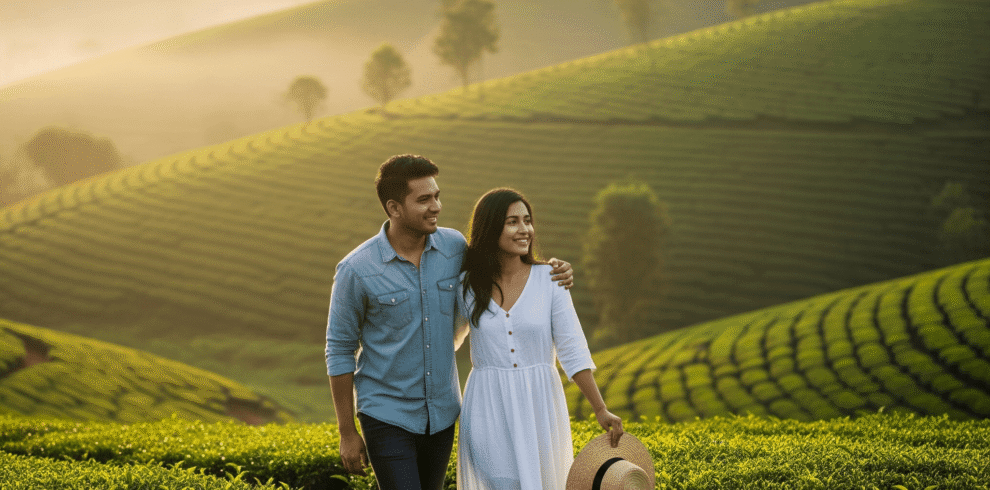Trip Info
-
Hotels
-
Bagdogra Airport
-
15,300 feet
-
All Months
DETAILED Itinerary
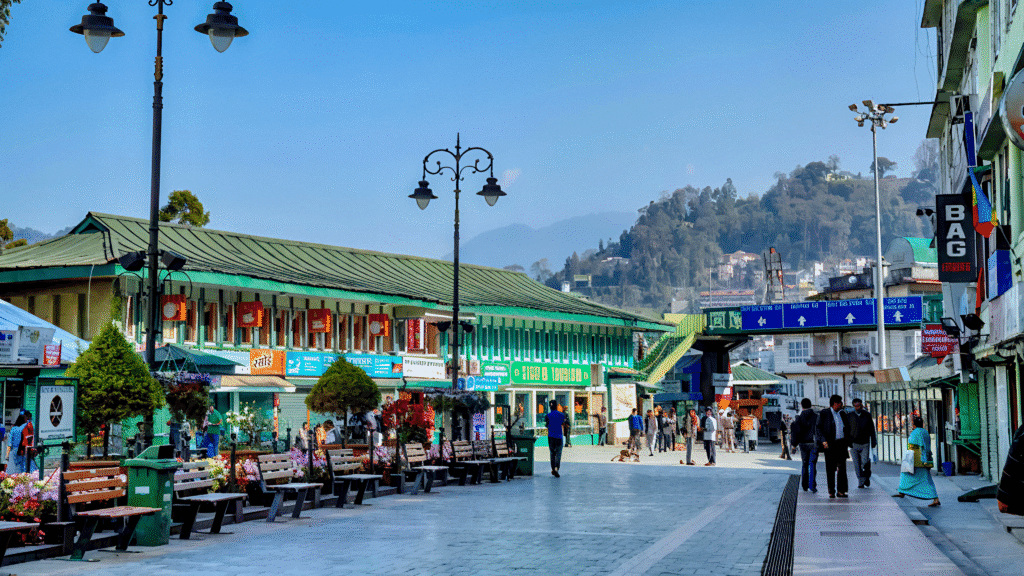
Pickup Time: Meet Our Representative At Bagdogra Airport At 15:00.
After Group Assembly, Begin Your Scenic Drive Toward Gangtok, Passing Through Charming Hill Views, Tea Gardens, And The Beautiful Teesta River.
Drive Duration: 4–5 Hours (Traffic And Road Conditions May Vary)
Upon Arrival In Gangtok:
• Check In To Your Hotel
• Relax After The Journey
• Explore MG Marg In The Evening For Cafés, Local Shops, And Peaceful Strolls
Meals: Dinner
Stay: Hotel In Gangtok
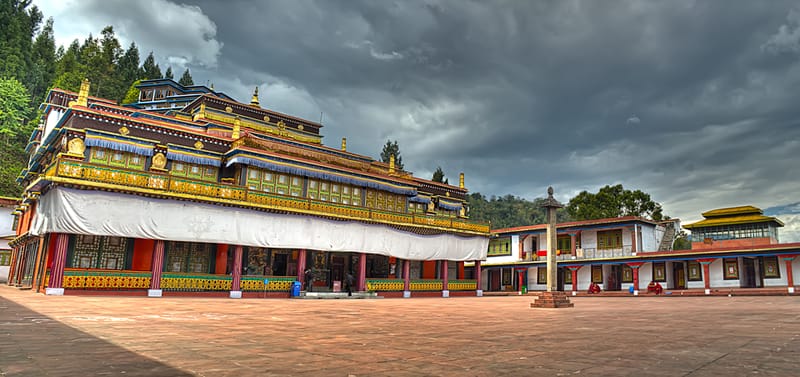
Morning: Enjoy A Delicious Breakfast At Your Hotel.
Begin Your Gangtok City Tour At 09:00.
Sightseeing Highlights:
• Tashi Viewpoint – Famous For Majestic Himalayan Peaks
• Ganesh Tok – Scenic Hilltop Temple With Beautiful Views
• Hanuman Tok – Peaceful Temple Surrounded By Pine Forests
• Directorate Of Handicrafts & Handloom – Traditional Sikkimese Art
• Enchey Monastery – One Of Gangtok’s Oldest Spiritual Sites
• Namgyal Institute Of Tibetology – Tibetan Culture & Heritage Museum
• Flower Exhibition Centre – Seasonal Flowers And Botanical Displays
• Banjhakri Waterfall – Beautiful Waterfall With Nature Trails
Evening: Return To Hotel And Relax Or Explore MG Marg For Food And Shopping.
Meals: Breakfast & Dinner
Stay: Hotel In Gangtok
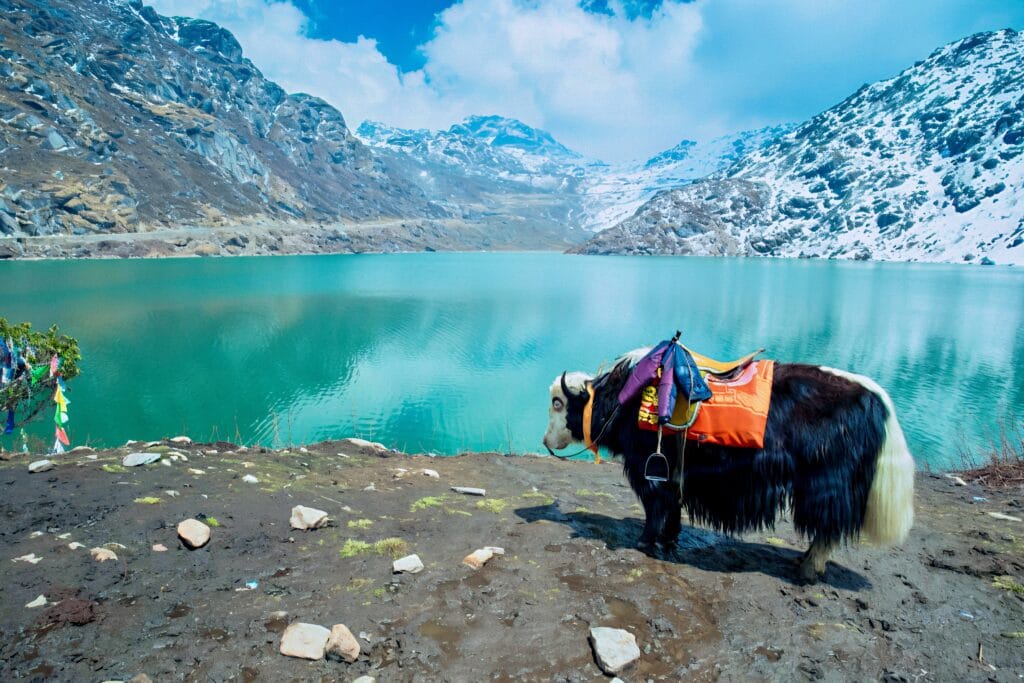
Morning: Enjoy Breakfast At The Hotel And Begin Your Day At 08:00 For The East Sikkim Excursion.
Tsomgo Lake
Drive Through Winding Mountain Roads To Reach The Sacred Tsomgo Lake, Surrounded By Snow-Capped Peaks.
Enjoy The Scenic Beauty And Optional Yak Rides (Direct Payment).
Baba Harbhajan Singh Mandir
Visit The Famous Baba Mandir, Dedicated To Soldier Harbhajan Singh And Known For Its Peaceful Atmosphere.
⭐ Nathula Pass (Complimentary – Not Guaranteed)
We Offer Nathula Pass As A Complimentary Add-On, But It Is Completely Subject To:
• Permit Availability
• Army Permission
• Weather Conditions
• Road Conditions
• Government Rules
• Closed Every Monday And Tuesday
If Permits Are Approved And Weather Allows, You Will Visit Nathula Pass (14,140 Ft), One Of India’s Highest Motorable Borders.
If Not Approved, You Will Proceed With The Regular Tsomgo Lake & Baba Mandir Plan Without Any Refund (As Per Govt. Rules).
Return To Gangtok
Drive Back To The Hotel By 17:00–18:00 And Spend The Evening Relaxing Or Walking At MG Marg.
Meals: Breakfast & Dinner
Stay: Hotel In Gangtok
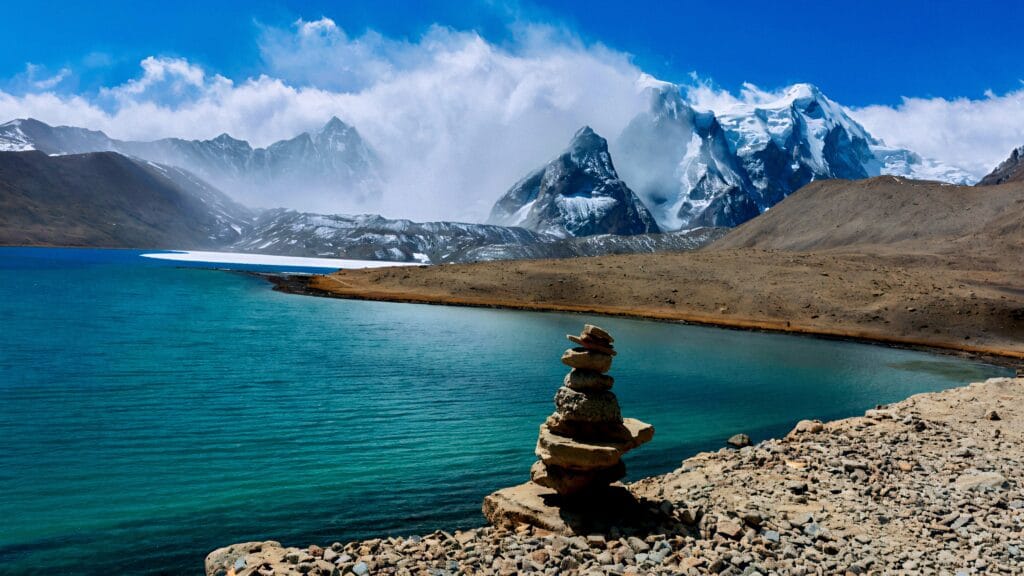
Morning: Enjoy Breakfast At The Hotel And Depart For Lachen At 08:00.
Drive Duration: 5–6 Hours
Route Highlights:
• Teesta River Valley Views
• Seven Sisters Waterfall
• Singhik Viewpoint
• Lush Forests, Charming Villages, And Beautiful Mountain Roads
Upon Arrival In Lachen:
• Check In To Your Hotel
• Freshen Up And Relax
• Enjoy A Peaceful Evening In This Beautiful Himalayan Village
Important Note:
Roads To Lachen May Sometimes Be Closed Due To Weather, Landslides, Or Army Restrictions. In Such Cases, An Alternative Plan Will Be Provided.
Meals: Breakfast & Dinner
Stay: Hotel In Lachen

Early Morning: Wake Up Early And Leave From Lachen At 04:00 For Gurudongmar Lake.
Gurudongmar Lake Visit (17,800 Ft)
One Of The Highest And Most Sacred Lakes In India, Surrounded By Snow Peaks And Cold Desert Landscapes.
Important Conditions:
• Entry Depends On Army Permission
• Weather Can Change Suddenly
• Not Allowed For Children Below 05 Years
• Only Short Stoppage Allowed Due To Low Oxygen
• Carry Warm Clothing (Temperature Often Below 0°C)
Drive Duration: 3–4 Hours One Way
Return To Lachen: Around 10:00–11:00
Transfer To Lachung
After Returning To Lachen, Have Lunch And Proceed Toward Lachung.
Drive Duration: 2–3 Hours
En Route Stops:
• Bhim Nala Waterfall
• Scenic Valley Views And Photo Spots
Arrival In Lachung
Reach Lachung By 14:00–15:00, Check In To Your Hotel, And Enjoy A Relaxed Evening In This Beautiful Mountain Village.
Meals: Breakfast & Dinner
Stay: Hotel In Lachung
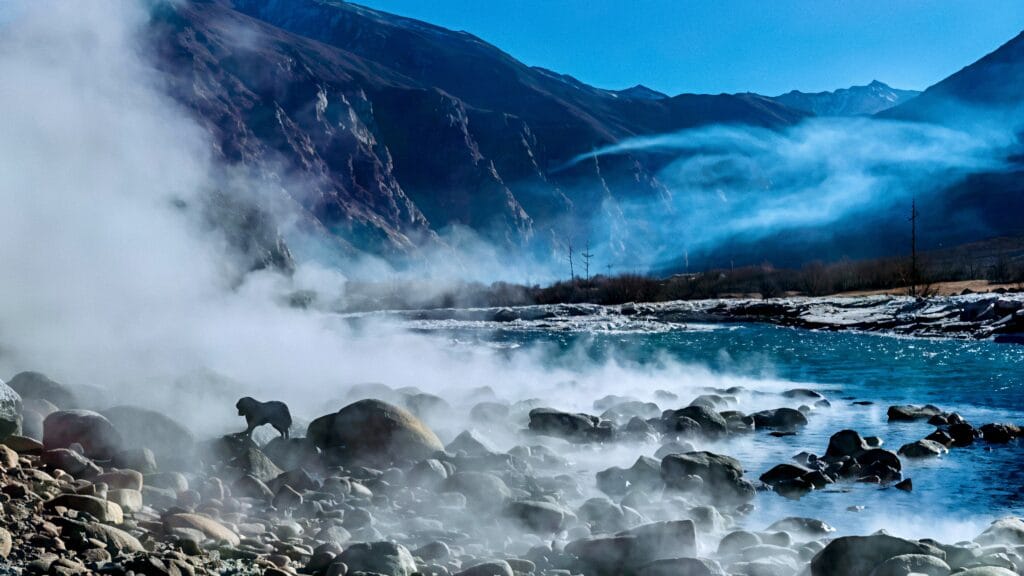
Early Morning: Enjoy Breakfast And Start From Lachung At 07:00 For The Beautiful North Sikkim Meadows.
Yumthang Valley – The Valley Of Flowers
A Stunning High-Altitude Meadow Surrounded By Snow-Capped Peaks, Colourful Flowers (Seasonal), And Breathtaking Landscapes.
Stop Duration: 45–60 Minutes
Best Spots: River Viewpoints, Snow Zones (Seasonal), Valley Photo Points
Zero Point Visit (Optional – Direct Payment)
After Yumthang, You May Visit Zero Point (Altitude ≈ 15,000 Ft) Depending On:
• Weather Conditions
• Road Conditions
• Local Permit Availability
• Army Permission
Zero Point Is Not Included In The Package Price, And Payment Is Made Directly To The Local Driver.
Return To Lachung: Around 12:00–13:00
Return To Gangtok
After Lunch, Begin Your Journey Back To Gangtok.
Drive Duration: 5–6 Hours
Arrival In Gangtok: 18:00–19:00
Evening: Check In To Your Hotel And Relax After A Long Travel Day.
Meals: Breakfast & Dinner
Stay: Hotel In Gangtok
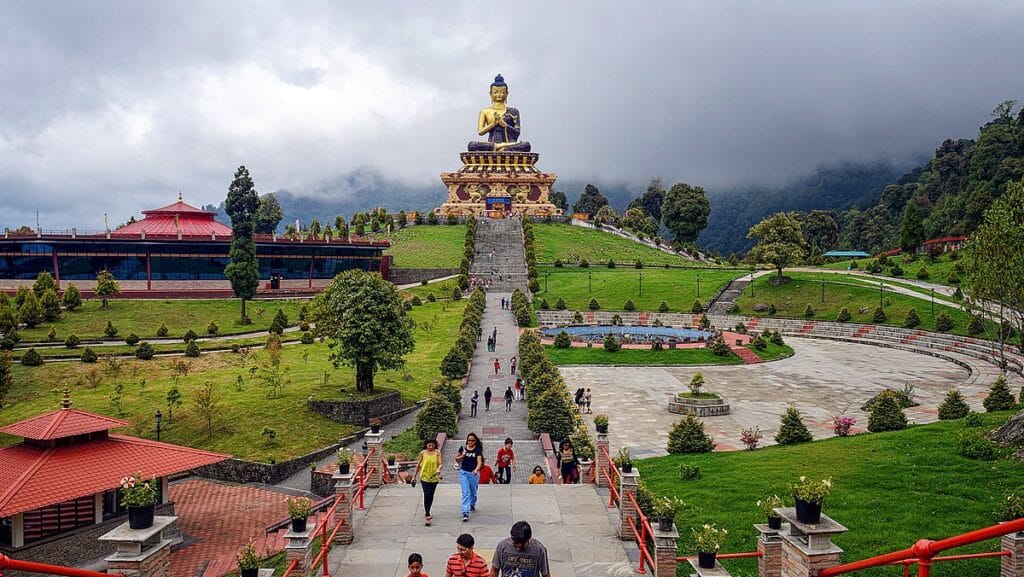
Morning: Enjoy Breakfast At The Hotel And Depart For Pelling At 08:00.
Drive Duration: 5–6 Hours
Route Highlights:
• Beautiful Mountain Roads
• Waterfalls And Deep Valley Views
• Calm Scenic Villages Along The Way
Arrival In Pelling:
Check In To Your Hotel And Relax After The Drive.
Evening:
Enjoy A Peaceful Walk Around The Hotel Area Or Explore Nearby Viewpoints Such As The Helipad Ground For Majestic Sunset Views (Time Permitting).
Meals: Breakfast & Dinner
Stay: Hotel In Pelling
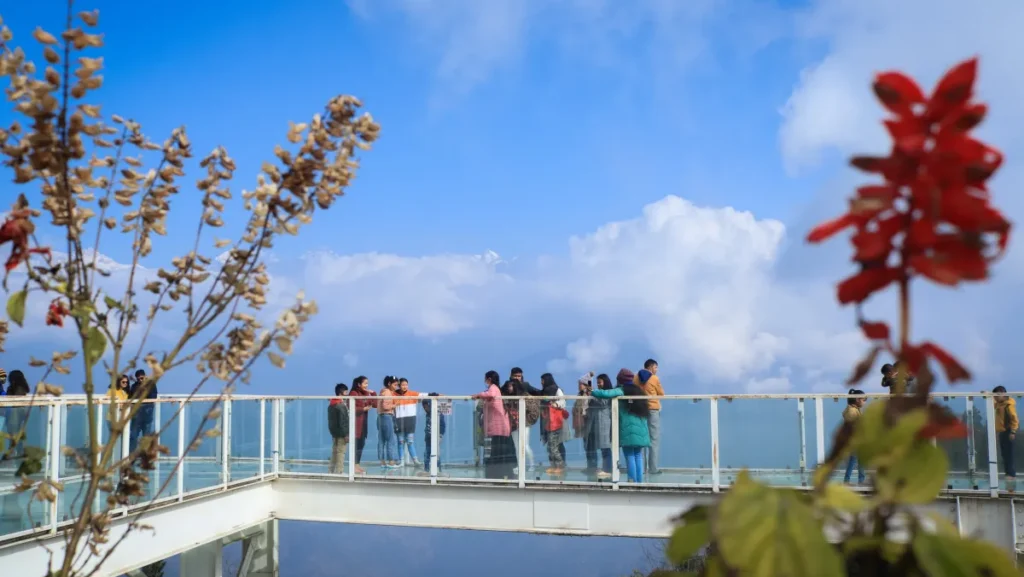
Morning: Enjoy Breakfast At The Hotel And Start Your Pelling Sightseeing Tour At 09:00.
Sightseeing Highlights:
• Khecheopalri Lake
A Sacred Wish-Fulfilling Lake Surrounded By Dense Forests And Peaceful Natural Beauty.
• Khecheopalri Monastery
A Serene Buddhist Monastery Known For Its Calm Environment And Spiritual Ambience.
• Rimbi Waterfall
A Scenic Waterfall Perfect For Photography And Relaxation.
• Kanchenjunga Waterfall
One Of The Most Powerful And Beautiful Waterfalls In Sikkim, Surrounded By Lush Greenery.
• Rabdentse Ruins
Historic Ruins Of The Former Capital Of Sikkim, Offering Stunning Valley Views And A Short Forest Walk.
Optional:
Visit The Famous Skywalk (On Direct Payment), Offering An Incredible Glass-Bridge Viewpoint Over The Valley.
Evening: Return To Your Hotel And Relax Or Explore Local Cafés And Markets.
Meals: Breakfast & Dinner
Stay: Hotel In Pelling
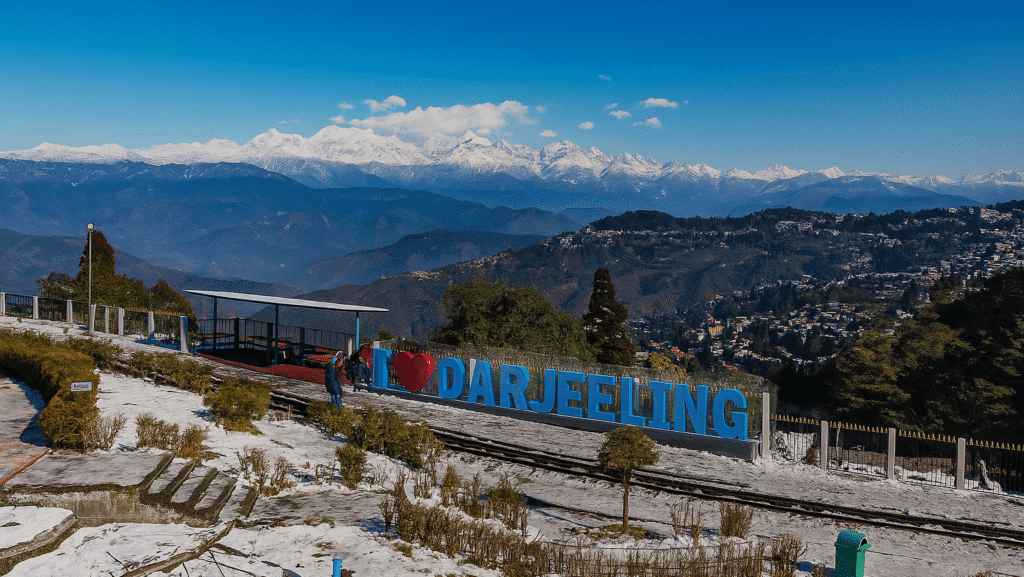
Morning: Enjoy Breakfast At The Hotel And Depart For Darjeeling At 08:00.
Drive Duration: 4–5 Hours
Route Highlights:
• Beautiful Mountain Roads
• River Valleys And Tea Garden Landscapes
• Scenic Himalayan Views
Arrival In Darjeeling:
Check In To Your Hotel And Relax After The Drive.
Evening Sightseeing (Time Permitting):
• Visit The Darjeeling Mall Road
• Explore Local Shops, Cafés, And Sunset Viewpoints
• Enjoy The Calm Hill Station Atmosphere
Optional:
You Can Stroll Around Chowrasta And Enjoy The Famous Darjeeling Tea (Direct Payment).
Meals: Breakfast & Dinner
Stay: Hotel In Darjeeling
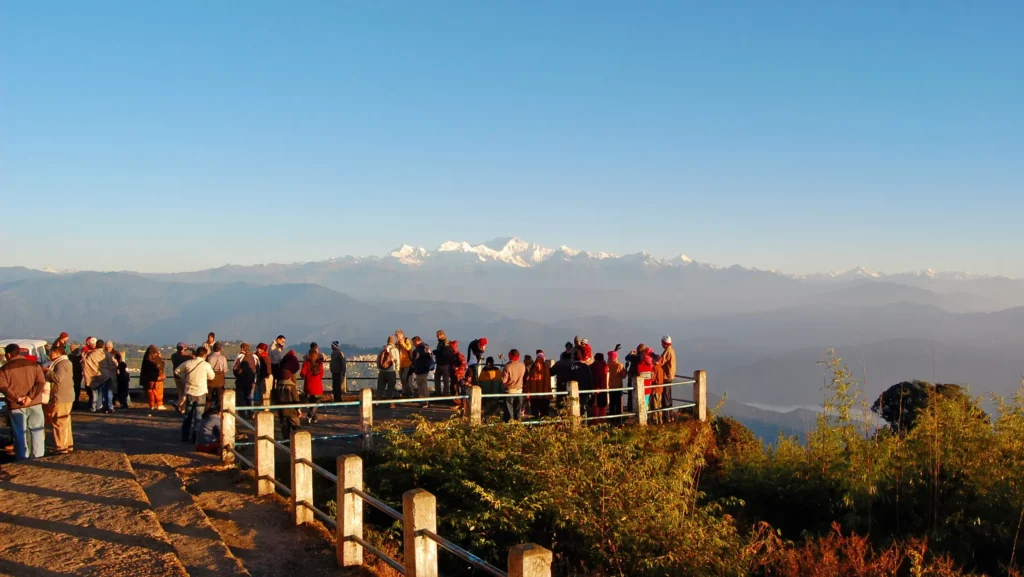
Early Morning: Start Your Day At 04:00 And Drive To Tiger Hill To Witness A Beautiful Sunrise Over The Kanchenjunga And Eastern Himalayan Range.
Next Visit:
• Ghoom Monastery – One Of The Oldest Tibetan Monasteries In The Region
• Batasia Loop – A Fascinating Spiral Track With A War Memorial And Stunning Valley Views
Return To Hotel: Around 07:30–08:00 For Breakfast.
Darjeeling Local Sightseeing
Start Your Local Tour At 10:00 Covering:
• Himalayan Mountaineering Institute
• Padmaja Naidu Himalayan Zoological Park
• Tibetan Refugee Centre
• Tenzing Rock
• Tea Garden Viewpoint (Photography Stop)
Optional Activity (Direct Payment):
Darjeeling Toy Train Ride – Subject To Ticket Availability And Prior Booking.
Evening: Free Time To Explore Mall Road, Local Cafés, And Souvenir Shops.
Meals: Breakfast & Dinner
Stay: Hotel In Darjeeling
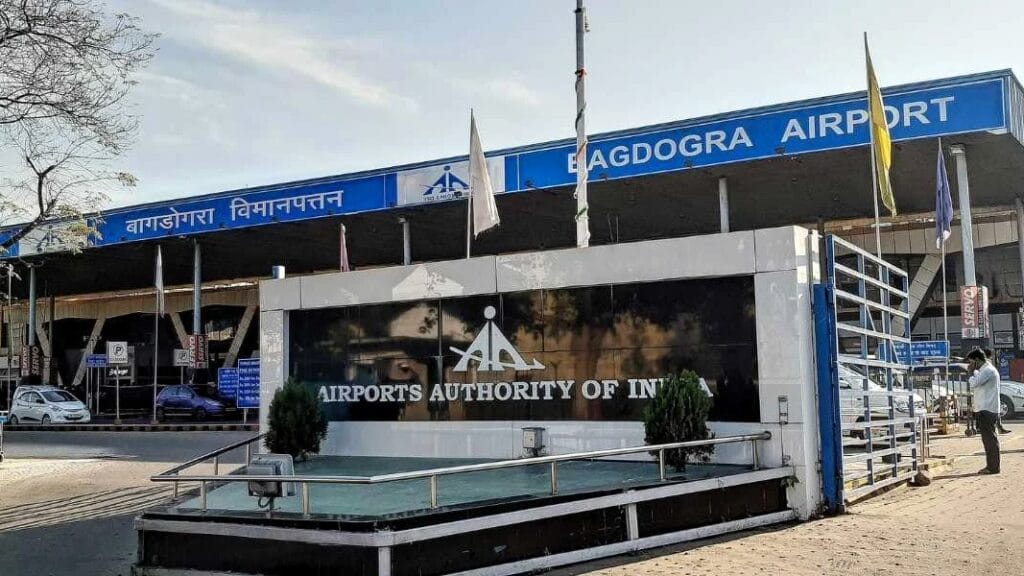
Morning: Enjoy Breakfast At Your Hotel And Prepare For Your Return Journey.
Checkout: 10:00
Drive To Bagdogra Airport: Depart From Darjeeling At 10:30 For A Scenic 3–4 Hour Drive Through Tea Gardens, Mountain Roads, And Peaceful Valleys.
Arrival At Airport: Around 14:00–14:30, Depending On Traffic And Road Conditions.
Trip Ends: Bid Farewell To The Group And Carry Beautiful Memories Of Sikkim’s Mountains, Valleys, Culture, And Adventure.
Meals: Breakfast

